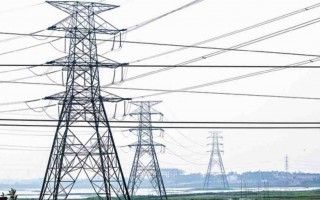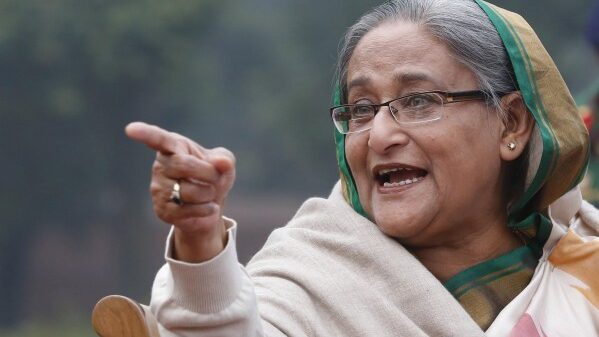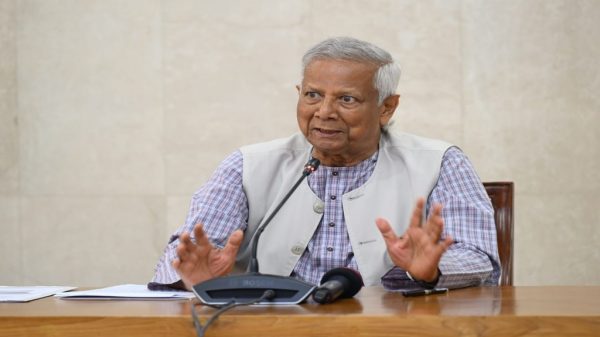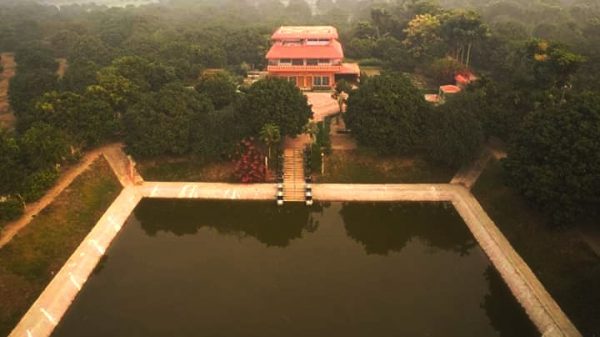Bangladesh can generate 1,700 MW-3,400 MW power from renewable sources

Shawdesh desk:
The Institute for Energy Economics and Financial Analysis has found that Bangladesh can immediately generate 1,700 MW to 3,400 MW of electricity from renewable energy sources with a reduced cost between Tk 5.25 and Tk 7.6 against the existing cost Tk 8.84 per unit from the conventional fossil fuels.
Energy Economics and Financial Analysis, the United States-based research organisation, from its analysis also showed that Bangladesh needs up to $1.71 billion annually till 2041 to achieve its target to generate 40m per cent of electricity from renewable sources.
The report, released on Wednesday, said the average electricity generation cost is likely to cross double-digits in Bangladeshi Taka terms in FY2022-23.
‘Our analysis shows that the existing power system can immediately incorporate 1,700 megawatts to 3,400 megawatts of solar during the day and, subject to the feasibility of location and availability of sufficient wind speed, 2,500MW to 4,000MW of wind power at night to reduce the use of costly furnace oil-based power generation,’ said the report’s author Shafiqul Alam, energy finance analyst of IEEFA.
Such a move will also help reduce the average electricity generation cost.
According to the report, estimates show that the levelised cost of electricity from rooftop and utility-scale solar is around Tk 5.25/kilowatt-hour, or $0.05/kWh, and Tk 7.6/kWh, or $0.072/kWh, respectively.
On the other hand, the average electricity generation cost of the Bangladesh Power Development Board was Tk 8.84/kWh, or $0.084/kWh, during the FY 2021-22. It is likely to cross double digits in Tk during FY2022-23.
Bangladesh should aim for renewable sources to make up 40 per cent of its total power generation capacity by 2041, says the new report which charts a path for the country to transition its electricity sector away from dependence on expensive imported fossil fuels and ease its growing subsidy burden.
The report estimates that a more ambitious clean energy capacity target of 40 per cent by 2041, without storage facilities, would require an annual investment of $1.53 billion to $1.71 billion from 2024 through to 2041, which is less than the power sector’s fiscal year 2021-22 subsidy burden.
It adds that a faster transition to renewable energy would free up financial resources that otherwise end up as subsidy payments.
‘Bangladesh’s electricity generation model appears unsustainable without a clear transition pathway. Therefore, policymakers should raise their renewable energy targets and reflect the same in the upcoming Integrated Energy and Power Master Plan,’ said Shafiqul Alam.
‘The government should also translate the renewable energy policy target into a year-wise action plan backed by a monitoring mechanism to track progress,’ he adds.
The report finds that high prices of fossil fuels and resultant increased power generation costs have led to a surge in the subsidy required by the country’s power sector. For FY2021-22, the subsidy reached Tk 297 billion, or $2.82 billion, nearly 152 per cent higher than FY2020-21 and a whopping 301 per cent higher than FY2019-20.
‘Rising subsidies eventually compel the government to pass the rising cost on to the consumers. This results in a spectre of price hikes for electricity and different fuels in quick succession. Despite these price hikes, the subsidy burden of the power sector in FY2022-23 could still be higher than the previous year,’ said Alam.
Instead, the report finds that accelerating the transition of the electricity sector to renewable energy can free up financial resources and enhance the country’s energy security.
The report calls on the government to ring in policy changes to promote the adoption of renewable energy. For example, the report suggests the government lift the current cap on rooftop solar installation capacity by up to 70 per cent of the sanctioned load of industrial and commercial buildings.
Similarly, it also recommends waiving applicable duties on fibre-reinforced polymer walkways, imported inverters, mounting structures and direct current cable, ranging from 15.25 per cent to 58.6 per cent for rooftop solar projects.
‘Such moves will send the right market signals about the government’s vision for the electricity sector’s transition,’ says Alam.
Finally, the report says Bangladesh needs to have a map of funding channels, including local resources and international sources. For this, Bangladesh can draw on lessons from Indonesia and Vietnam’s Just Energy Transition plans to fund its electricity sector transition.
From India’s experience, the report finds that risk mitigation measures, such as risk guarantee funds, will shield the project developers. Furthermore, competitive renewable energy procurement through auctions will help reduce renewable energy tariffs and help Bangladesh contain the rising electricity generation cost, said the IEEFA report.























Leave a Reply